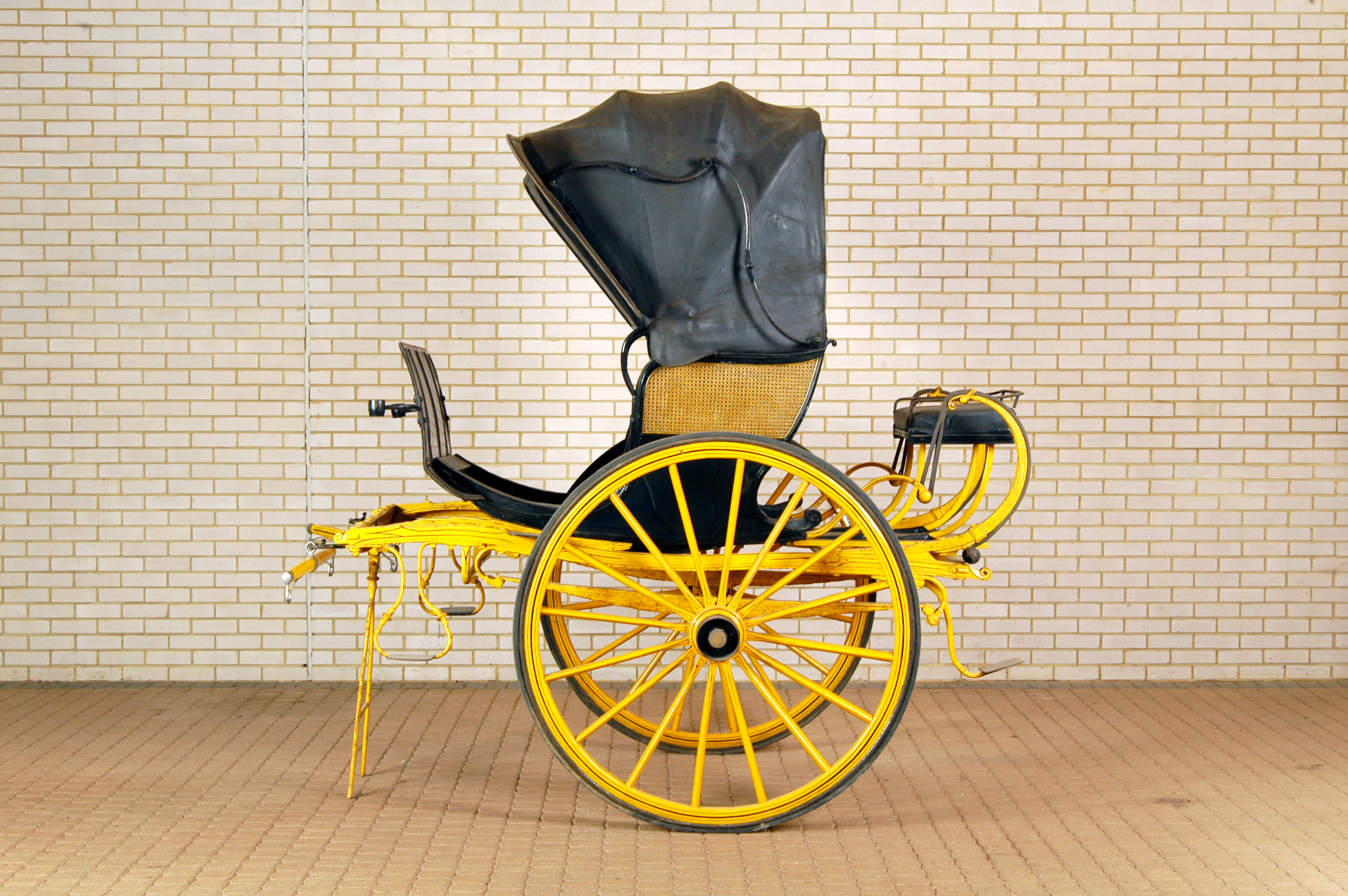 |
| The curricle |
You could read everything Jane Austen has ever written, but she was writing about everyday matters and you may not find the detail you need to paint a picture in your own head. You can't show a partial image to your reader. They won't get wrapped up in a story that they can't quite play out in their imagination.
There was a war going on through much of the Regency period, and you can help set your story in a particular era by referencing some important battle or the celebration that would have taken place to commemorate a victory. That sort of detail is more interesting than a simple sentence that gives the cold, hard fact of a certain day without the little snips of info that the people of your novel would normally be discussing. Grand, so, it's Tuesday in November of 1798, but it was also a period of a mini-ice age and shouldn't your characters be making mention of the unusual cold? People who kept diaries made note. Aren't your characters just like those real people?
Roy and Leslie Adkins have written a book that you would want at hand while you spin your Regency yarn.
 |
| The post chaise |
Jane Austen's England is a history book that provides the backdrop you want to create. Each chapter covers a different topic, from the popular entertainments to the acceptable standards of hygeine. The authors touch on the lives of ordinary people, the farmers and those who were thrown into a newly industrialized world with the invention of steam power. Study up, and you can more easily put yourself into the world you are creating.
You would want a copy of Daniel Pool's treatise on Regency through Victorian times as well, to prepare yourself for writing before you put pen to paper. What Jane Austen Ate And Charles Dickens Knew is a trove of detail that you can insert into your manuscript to make your characters seem more real, and far less 21st Century.
Write what you know, the sages have decreed. If you want to write historical fiction, you have to learn what you don't know. Then you'll know it.
Go write.
November is half over and you have a NaNoWriMo deadline to reach.
Sure you should have started your research months ago. How will you ever get the rough draft finished by Sunday the 30th?
No comments:
Post a Comment